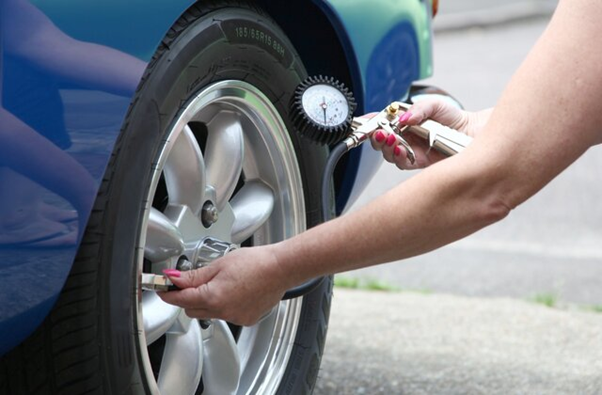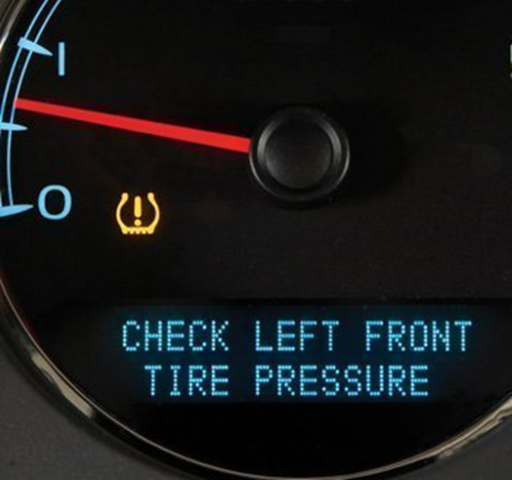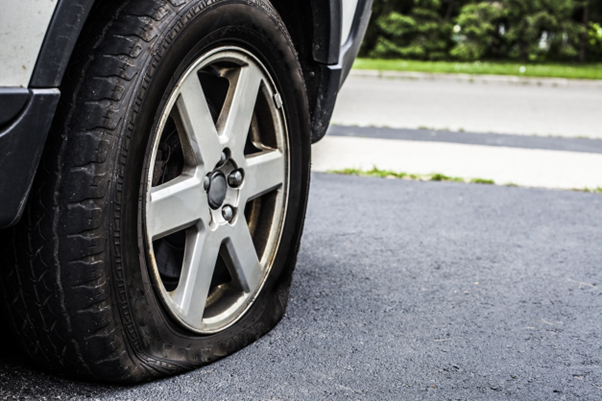Tire pressure is among the most important measurements that must be regularly checked and adjusted. It doesn’t take long before you can feel that something is off with your tires whenever they lose pressure, even before you notice the warning light.
When technicians tell you the importance of keeping an eye on the tire pressure, they really mean it. Maintaining a typical car tire pressure may seem like a boring chore sometimes, but it actually saves you a lot of money on repairs and replacement tires. “Low pressure contributes to premature tire wear,” says Oliver Brown, the Data Coordinator at Wheelssize.com. “The rubber overheats and deteriorates a lot faster. And when the pressure is below the value recommended by the manufacturer, the weight distributes unevenly.”
How To Use Low Tire Pressure Correctly
Each car has a specific safe range of tire pressure. And in some cases, going a bit lower than you usually do will only help you get a better grip. For instance, it’s a common trick for driving on sand or soft snow. By lowering tire pressure, a little, the driver increases the surface gaining better traction. Off-roading enthusiasts claim that in contrast to driving on underinflated tires, this technique preserves the rubber.
Lowering your normal PSI by around 25% will also help with rocky areas. Loose stones do not provide much grip and pose a danger to your tires. But by lowering the pressure, you can improve handling.
However, all these hacks only work in specific conditions. And you should not be driving with deflated tires all the time.
How Low Is Too Low
It is easy to tell what your ideal tire pressure range is. This specification can be found in the car manual, on the door by the driver’s side and also online. Generally, it can vary from 30 to 35 PSI for most cars. But there is no such information on how far you can deviate from that range and still be able to drive your car without consequences.
In case your tires lose pressure, you should know when you can push a little further and get them inflated properly or fixed. And also when it’s better to put on a spare wheel or stay put for towing. Before figuring that out, let’s define what low tire pressure means.
The thing is, this term describes two drastically different situations. The first one happens when the pressure in substandard. It does not give you the best performance, it is bad for the tires, and it throughs the weight distribution off-balance. When your pressure drops by 25%, the light should pop up to warn you about the issue. And 20 PSI is already considered very low for average cars. So as a rule of thumb, you can say that any air pressure drops less than by 25% is considered just low.
The second situation can be best described as a “flat tire.” This is a big issue. It undermines your safety and can do a lot of damage. If the tire pressure drops to 20 PSI and lower, that is a flat tire. This low is too low to drive. 
How Driving With A Flat Tire Damages Your Car
When you don’t have enough air in your tires, they basically lose their purpose. Tires have multiple functions:
- shocks absorption
- traction
- improved handling
- weight balancing
If they are deflated to about 20 PSI, they fail those functions dramatically. The first system that suffers from it is the wheels and all the parts that depend on them. Never drive with 20 PSI and lower because you risk severely damaging the rim of the deflated tire. With no more protection, it will warp under the car’s weight and can be ruined if you drive for too long. This is even more dangerous for alloy wheels, they are vulnerable. And it will irreversibly destroy the tire itself. Don’t take any chances here, it’s not worth it.
How Low Tire Pressure Affects The Car
Even if you can drive with a tire pressure slightly below the recommended range, it doesn’t mean you should. Those recommendations exist for a good reason. Tires are not just fancy parts that help your wheels roll smoothly, it is a safety feature, and it should not be tampered with. You get much better performance by maintaining optimal pressure levels within the tires. On the contrary, driving on deflated tires increases braking distance and makes it harder to turn.
If poorer handling does not irritate you, there is another reason to keep pressure in check. Low pressure promotes uneven tire wear and fast deterioration. This inevitably leads to purchasing new tires. Furthermore, low pressure can even result in a sudden rupture while you are driving. And accidents like that are very dangerous to everyone on the road.
Gas mileage is another issue that must be considered. In the long run, even a small drop can result in more strain on the engine and your wallet. Using an air pump every now and then will be much cheaper.
How To Drive On A Flat Tire
If you have a severely deflated tire but you must drive to get it fixed, there are some things you can do to minimize the damage. This is not appropriate in any situation. Use these tips wisely and take your time to consider other options.
Driving on a flat tire is illegal because it puts you and other drivers into a dangerous situation. If there is no other way, and you don’t need to drive that far, then experts at Tire Reviews suggest remembering the following points:
- Go slow. Do not drive faster than 50 mph.
- If your destination is not within 50 miles, better call a towing service. Even 50 miles can prove too much for some rims.
- Turn your hazard warning lights on while driving.
- Stay close to the right side of the road.
Hopefully, you will never need to use these tips. Just remember that the best way to prevent flat tires is regular check-ups. Look at your wheels at least once a month and you should be safe.
Written by Charles Farrell










